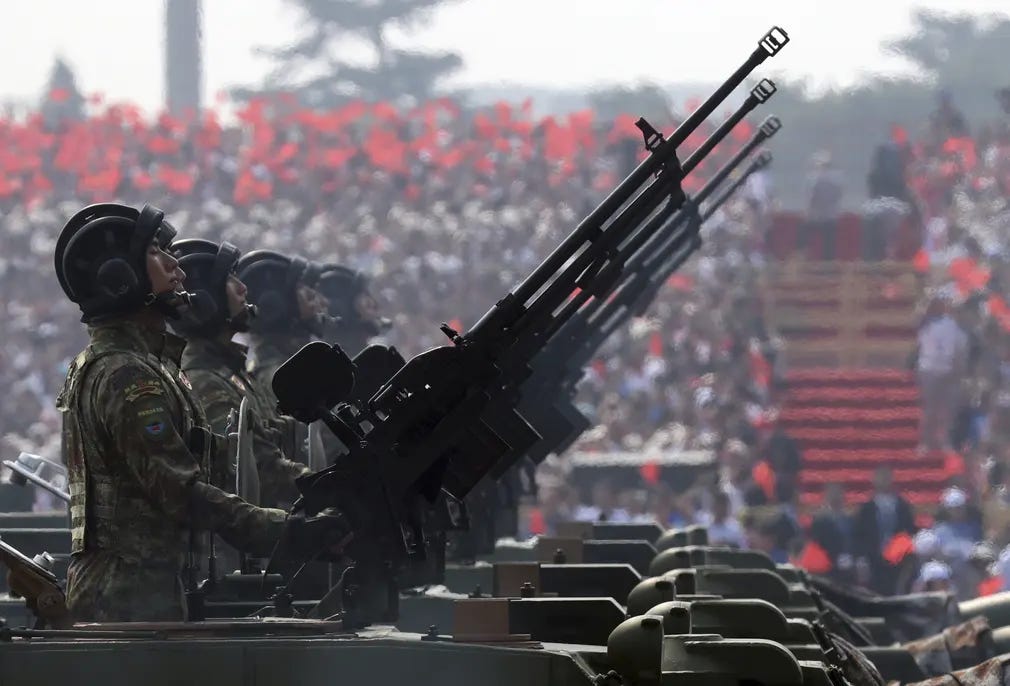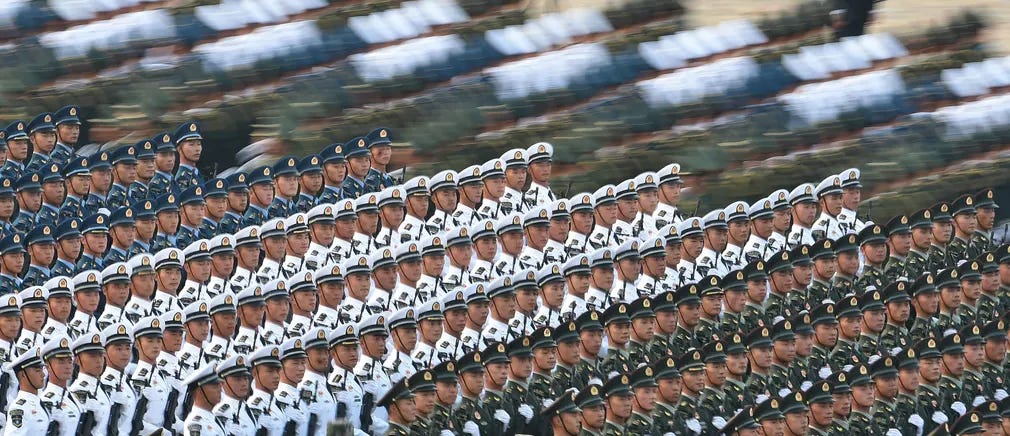Taiwan's Tightrope: The Historical, Political, and Economic Dynamics of the Taiwan Strait
Navigating the Delicate Balance in a Region Marked by Tensions, Territorial Disputes, and Global Economic Significance.
Introduction
The geopolitical chessboard of the Taiwan Strait is marked by historical conflicts, territorial disputes, and shifting political landscapes. Stemming from the aftermath of the Chinese Civil War, Taiwan's contested status has been a source of tension between the People's Republic of China (PRC) and Taiwan, with global implications. This long-form analysis delves into the intricate web of historical background, current political dynamics, military tensions, and the economic repercussions that surround the Taiwan Strait.

Section I: Historical Roots and the Chinese Civil War Legacy
Subsection 1.1: The Chinese Civil War and Taiwan's Formation
Taiwan's contested status finds its roots in the aftermath of the Chinese Civil War, where the defeated Nationalist (Kuomintang) government sought refuge on the island in 1949. The PRC claims Taiwan as an inalienable part of China, framing its reunification as a historic mission. The preference for peaceful reunification coexists with the PRC's readiness to use force to achieve its aims, setting the stage for a complex geopolitical struggle.
Subsection 1.2: Shifting Political Tides in Taiwan
Taiwan's political landscape is shaped by the contrasting views of its main parties—the Kuomintang (KMT) and the Democratic Progressive Party (DPP). The "1992 Consensus," championed by KMT's President Ma Ying-jeou, aimed for cross-strait relations, but faced criticism for potential limitations on Taiwan's future choices. DPP's President Tsai Ing-wen's rejection of the consensus led to strained relations, triggering economic sanctions, diplomatic pressure, and military posturing from the PRC.

Section II: Military Confrontations and the Taiwan Strait
Subsection 2.1: Historical Military Conflicts
The Taiwan Strait has been witness to historical military confrontations, from the First Taiwan Strait Crisis in 1954–55 to the Third Taiwan Strait Crisis in 1995–96. These incidents, marked by artillery bombardments, naval actions, and geopolitical tensions, have left an indelible mark on cross-strait relations. The tacit understanding of a "median line" has aimed to prevent miscalculations and guide rules of engagement.
Subsection 2.2: Strategic Ambiguity and U.S. Involvement
The United States, historically entangled in the Taiwan Strait disputes, adopted a policy of strategic ambiguity. Abrogating the defense treaty with Taiwan in 1979, the U.S. acknowledged the "One China" policy but refrained from taking a stance on Taiwan's sovereignty. The Taiwan Relations Act (TRA) committed the U.S. to support Taiwan's self-defense but did not guarantee military intervention, leaving a delicate balance in its Taiwan policy.

Section III: Current Concerns and Escalating Tensions
Subsection 3.1: Security Dilemma and U.S.-China Relations
Current tensions between China and the United States over Taiwan encapsulate a classic security dilemma. Actions viewed as defensive by both sides are perceived as escalatory by the opposition. The potential for a conflict poses significant risks to U.S. security interests, requiring a delicate balance between supporting Taiwan and avoiding broader war with China.
Subsection 3.2: Military Buildup and Economic Implications
China's military activities near Taiwan have intensified, marked by developments in the People's Liberation Army (PLA) and a focus on emerging technologies. The U.S., in response, sold arms to Taiwan, increased diplomatic engagement, and shifted towards strategic clarity. However, the economic implications of a conflict, especially Taiwan's role as a semiconductor hub, raise concerns of global disruptions, with estimates pointing to a potential $1 trillion economic hit.
Section IV: Global Repercussions and Future Scenarios
Subsection 4.1: Broader Geopolitical Implications
The Taiwan Strait tensions have broader geopolitical implications, stretching beyond regional boundaries. The territorial dispute between China and Japan in the East China Sea is intertwined, with potential implications for the Senkaku/Diaoyu Islands. The delicate balance in the first island chain and the potential involvement of the U.S. raise concerns over the broader regional security climate.
Subsection 4.2: Recent Developments and Shifting Dynamics
Recent developments reflect a shift in U.S. policy, moving towards strategic clarity under the Biden administration. While maintaining aspects of the Trump administration's approach, President Biden explicitly stated the U.S. commitment to Taiwan's defense. China, in response, accused the U.S. of breaching sovereignty, marking a departure from the era of strategic ambiguity. Military drills, sanctions, and cyberattacks further underscore the escalating tensions.
Conclusion
As the geopolitical stage in the Taiwan Strait continues to evolve, the delicate balance between historical legacies, shifting political dynamics, and global economic significance remains precarious. The intricate interplay of military tensions, economic dependencies, and regional alliances underscores the multifaceted nature of the Taiwan Strait dispute. As the world watches the geopolitical tightrope walk, the implications for global stability, economic networks, and diplomatic relations are bound to shape the future of this critical region. Stay tuned to The Global Trotter for ongoing coverage and nuanced insights into the ever-evolving narrative of the Taiwan Strait. Subscribe now to remain informed about the geopolitical currents that impact the international landscape.




